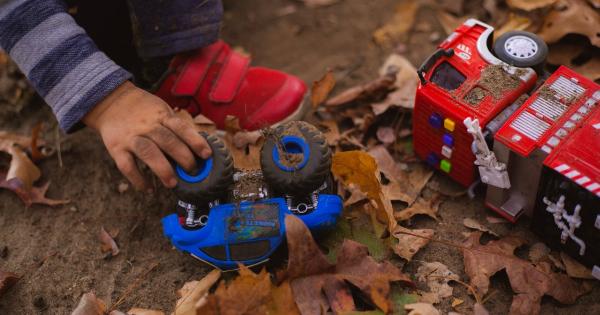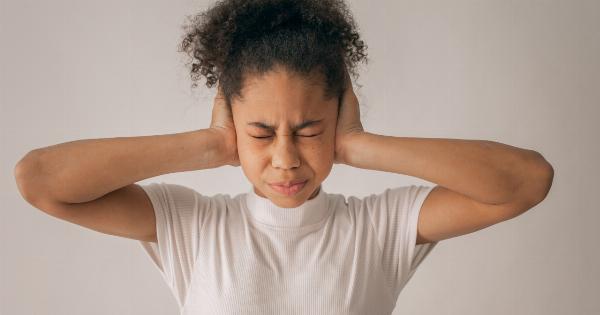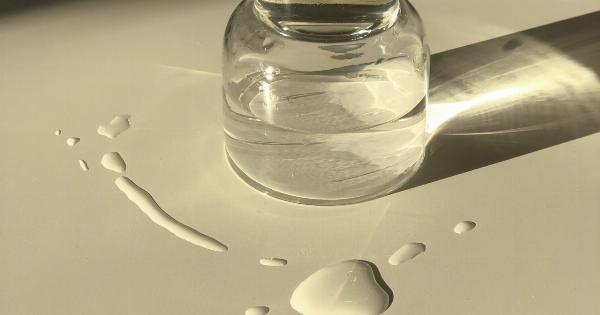Plastic products have become an integral part of our daily lives, but did you know that some plastics contain toxic chemicals that can contribute to weight gain in children? In this article, we will explore the harmful effects of these toxic plastics and how they can impact the health and wellbeing of our kids.
1. Bisphenol A (BPA)
Bisphenol A, commonly known as BPA, is a chemical found in many plastic products, including food containers, water bottles, and baby bottles.
Research suggests that exposure to BPA may disrupt the endocrine system, leading to changes in metabolism and increased weight gain in children. Studies have shown a correlation between BPA exposure and obesity, as well as other health issues like insulin resistance and cardiovascular problems.
2. Phthalates
Phthalates are a group of chemicals commonly used in plastics to make them more flexible and durable. These chemicals can be found in various items such as toys, PVC products, and even some food packaging.
Several studies have linked phthalate exposure to obesity and weight gain in children. Phthalates may interfere with hormonal regulation, affect adipocyte development, and disrupt metabolic processes leading to an increased risk of obesity.
3. Polyvinyl Chloride (PVC)
PVC, also known as vinyl, is another plastic material widely used in various products, including food packaging, flooring, and shower curtains. PVC contains phthalates and other toxic additives that can leach into food and water, especially when heated.
These chemicals have been associated with weight gain and obesity in children. Avoiding PVC products and opting for safer alternatives can help reduce exposure to these harmful plastics.
4. Polystyrene
Polystyrene, commonly known as Styrofoam, is often used for food containers, disposable cups, and packaging materials. Styrofoam is made from styrene, a toxic chemical known to disrupt the endocrine system and potentially contribute to weight gain.
When heated, polystyrene can release these chemicals into the food or beverages it comes into contact with, posing a risk to children’s health.
5. Nonstick Cookware
While not technically a plastic, nonstick cookware often contains a chemical compound called perfluorooctanoic acid (PFOA), which is used to create the nonstick coating.
PFOA has been associated with weight gain and increased body mass index (BMI) in children. When these coated pans are scratched or heated excessively, PFOA can be released into the food, raising concerns about its potential adverse effects on children’s health.
6. Plastic Food Packaging
Many packaged foods, especially those marketed towards children, come in plastic containers or wrappers. These plastics often contain toxic chemicals such as BPA and phthalates, which can leach into the food.
Research suggests that exposure to these chemicals may disrupt hormonal balance, leading to weight gain and an increased risk of obesity in children.
7. Recycling Symbol #3 (PVC)
Most plastic products have recycling symbols indicating the type of plastic they are made from. The recycling symbol #3 corresponds to PVC or vinyl.
Whenever possible, it is advisable to avoid products with this symbol, especially when it comes to children’s items. Choosing PVC-free alternatives helps protect children from the potential health hazards associated with this toxic plastic.
8. Microplastics in Food and Water
Microplastics are tiny plastic particles that are now pervasive in our environment, including our food and water sources.
These microplastics can contain toxic chemicals and have been found in various food items such as seafood, bottled water, and even table salt. While the direct impact of microplastic ingestion on children’s weight gain is still not fully understood, the potential risks and long-term effects call for reducing plastic use and supporting sustainable alternatives.
9. Impact on Endocrine System
The endocrine system regulates our hormones and plays a crucial role in maintaining overall health and metabolism.
Unfortunately, many toxic chemicals found in plastics can disrupt the delicate balance of hormones, potentially leading to weight gain and obesity in children. Limiting exposure to these chemicals is vital for the healthy development of our kids.
10. Safer Alternatives
Now that we are aware of the toxic plastics that can contribute to children’s weight gain, it’s important to seek out safer alternatives.
Opting for glass or stainless-steel containers, choosing PVC-free products, and avoiding food packaged in plastic can help reduce exposure to harmful chemicals. Supporting companies that prioritize sustainability and offer plastic-free options can also make a significant difference.




























